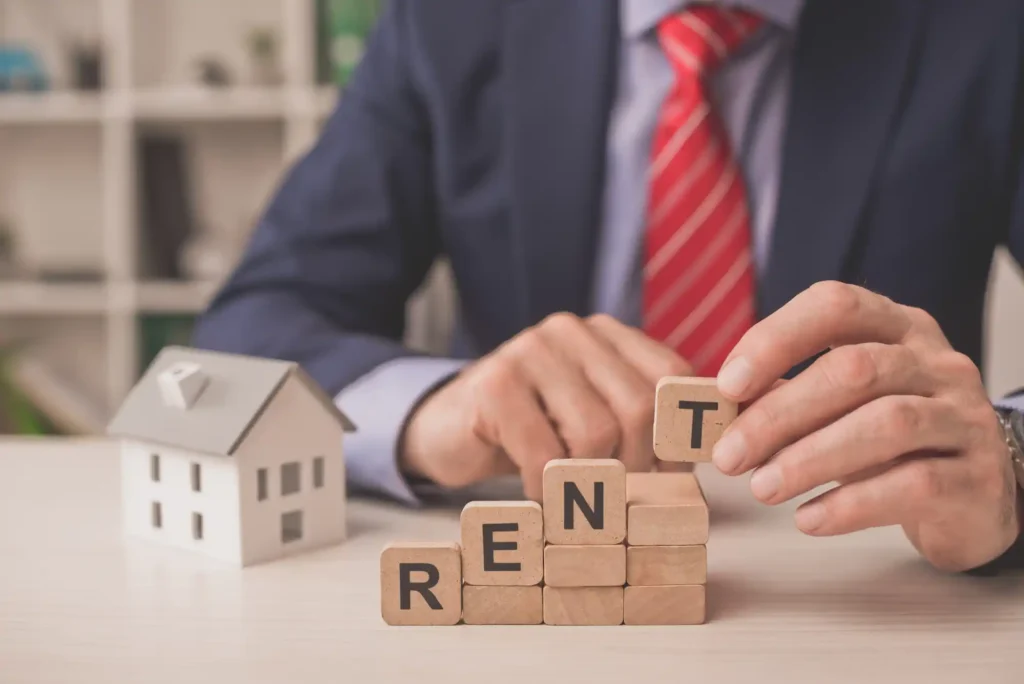The real estate market is constantly evolving, and thanks to technological innovations, there are more and more opportunities for potential buyers and tenants to get to know properties better. One of the most innovative solutions is the introduction of virtual tours in real estate web design. These tours allow interested parties to explore apartments and houses from home, saving time and effort for both clients and real estate agents.
What is a Virtual Tour?
A virtual tour is an interactive online tour that allows users to explore the inside of a property via their computer or smart device. These tours combine 360-degree images, videos and interactive elements to make visitors feel as if they are actually present in the property. Virtual tours can be extremely useful as they allow clients to view all the details of the property in detail, including rooms, views and floor plans.
Time and cost efficiency
Virtual tours can significantly reduce the time and costs for real estate agents and interested parties. Clients can view properties without having to be present in person, which is particularly beneficial for remote buyers.

Greater Accessibility
The properties are accessible 24 hours a day through virtual tours, and interested parties can view the property at any time, increasing the chances of attracting a wider range of potential buyers.
Higher Level of Interest
Interactive and realistic presentations increase interest and engagement. Customers can better visualise themselves in the property, which can increase their willingness to buy.
Better User Experience
The virtual tours offer a unique and modern user experience that differentiates the real estate website from the competition. This is particularly important for younger generations who are used to digital content and online shopping experiences.
How to Create Effective Virtual Tours?
- High Quality Photos: Clear and detailed images are essential. Use professional cameras and appropriate lighting.
- Interactive Batteries: Allow users to click to explore each room and get more information about the property.
- Mobile-friendly design: Make sure virtual tours work well on all devices, including smartphones and tablets.
- Easy Navigation: Simple and intuitive navigation ensures that visitors can easily find their way around the property.
Introducing virtual tours into real estate web design has many benefits for both real estate agents and buyers. Time and cost efficiency, increased accessibility and enhanced user experience all contribute to making these tours an essential part of the modern real estate market. For virtual tours to be truly effective, professional design and a user-friendly approach are essential.
Click here to see our refence!




